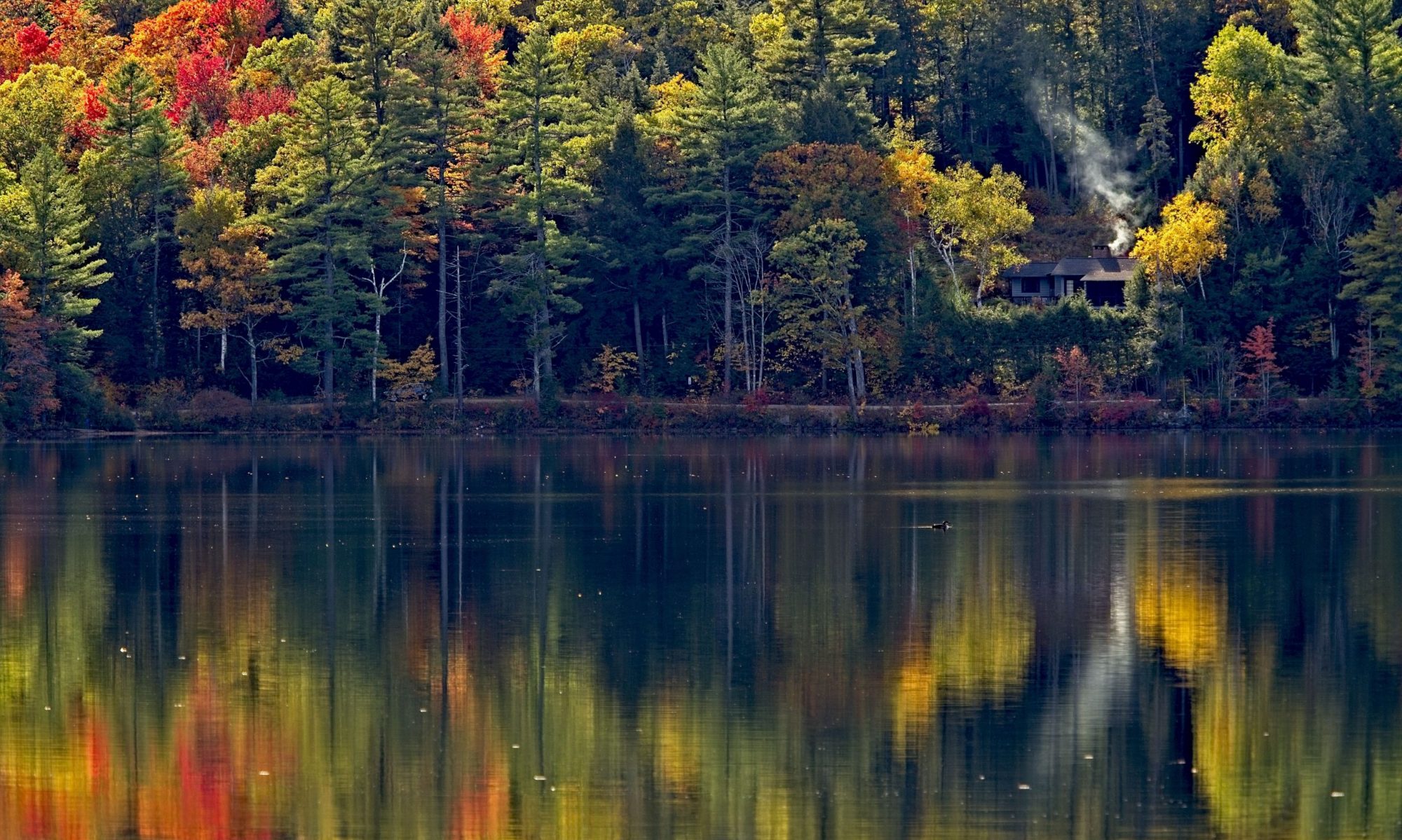It seems like every year or so I rethink my photography equipment and make some changes. I’ve gone through many variations of my day-to-day photography kit but I seem to keep reducing the amount of automation present in the system.
My plan for this coming year is to spend as much time with a manual focus, mechanical camera system as I can. I am keeping my Nikon F80s, Nikon F5 and Nikon D7000 but I’ve sold off my spare Nikon N80s, and Nikon FE bodies. When the situation requires digital or highly automated film shooting I will have those bodies available, but my day-to-day system will be based on the Nikon FM.
The Nikon FM is a fully mechanical camera that Nikon built and sold between 1977 and 1982. The camera does take a battery but it powers only the metering system and does not affect the shutter operation. If you have no batteries, the camera still works normally, you’ll just need to meter your scene in some other way. In use, the camera looks very similar to and functions similarly to the Nikon FE but the FE uses the batteries both for metering and for shutter operation; When your batteries start to get low, the camera stops working properly.
I’ve been using a Nikon FM with a 28mm F/2.8 lens as my day-to-day camera for at least a year and I’ve spent some time over the past few weeks researching and expanding my compatible lenses. I am keeping my Nikon 28mm F/2.8 lens, which has become my favorite focal length, but I’ve also added some ‘new’ glass as well.
In my research I discovered that Nikon made a series of lenses, the E Series, that were sold as a more budget friendly line of lenses. In many cases Nikon took the same glass that was in their higher end lenses and packaged them in less robust bodies. In an ironic twist, these lower end lenses are built as well if not better than the new stuff Nikon is selling today. Over time to reduce weight and cost many lenses are now mostly plastic but these lenses are almost totally made of metal. They feel quite solid in the hand and are very smooth to use.
The E Series glass is still seen as ‘lower quality’ today than its counterparts and sells for very low prices. I’ve purchased a 50mm F/1.8 lens, a 135mm F/2.8 lens and a 70-210 F/4 lens for just barely over $100, combined. Together with my 28mm F/2.8 lens and my TC-200 2x tele-converter I should have a fairly flexible kit. I am looking around for something 24mm or wider, as well as a macro lens, and a 300mm F/4.5 lens but they are low priorities. The kit I have assembled shouldn’t have any trouble getting me through this year.
In addition, I’ve also purchased a second Nikon FM body. I usually shoot Kodak Portra 400 @ ISO3200 in the Nikon FM so with the addition of a second body I’ll be able to keep available a slower film for shooting outdoors. The Portra 400 Pushed to 3200 looks great and gives me the speed I need to shoot indoors and in very low light but with the FM’s fastest shutter speed being 1/1000 of a second, slower speed films are a must outdoors.
The next step for this year will be to learn more about lens filters and how they can, and should, be used. Obviously, with the slower shutter speed of these cameras, I’ll be looking into ND filters to reduce the light hitting the film but I also want to look more into the various other correction filters that can be used for many different purposes like color balancing for different lighting situations.
I may do some short post about the various lenses I’ve picked up if I find them interesting in and of themselves. We’ll see…
Robert
